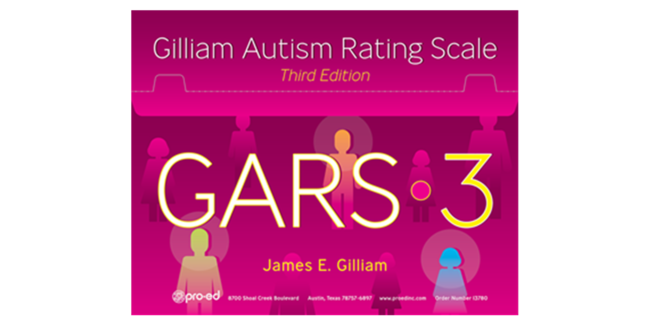Assists teachers, parents and clinicians in identifying autism in individuals and estimating its severityPearson Clinical distributes but does not publish this product.
Gilliam Autism Rating Scale - Third Edition
GARS-3
Assists teachers, parents and clinicians in identifying autism in individuals and estimating its severityPearson Clinical distributes but does not publish this product.Choose from our formats
Kits
Starter & complete kits, print & digital
1 option
Test forms & reports
Booklets, record forms, answer sheets, report usages & subscriptions
1 option
Support materials
Manuals, stimulus books, replacement items & other materials
2 options
All products
All tests and materials offered for GARS-3
4 options